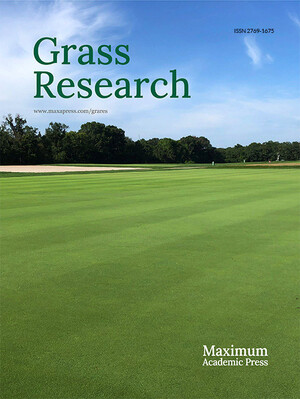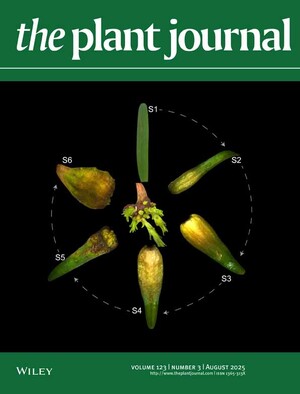
Is long-term protection useful for the regeneration of disturbed plant communities in dry areas?
Abstract
In dry areas, natural plant communities are mainly affected by climatic stress and human disturbances – overgrazing, ploughing and biomass harvesting – that accelerate their degradation. Management techniques, including creation of national parks (fencing), are needed to conserve natural resources/biodiversity. The long‐term effects of protection on the plant communities should be monitored. This study assessed the results of long‐term protection on the composition and diversity of the natural plant communities of Sidi Toui National Park (southern Tunisia) using the point‐quadrat method and ecological indicators of the ecosystem structure. Comparison of these indicators for the period 1990–2011 inside (fenced) and outside (disturbed) the Park showed that regeneration of natural vegetation increased during the first decade of the fencing period (1990–2001), but declined during the period (2008–2011). After a long period of fencing, plant tufts were bigger and aged, and the ecosystem dynamics decreased. In the absence of animal activities, the hardpan at the soil surface impedes seedling emergence. This suggests that long‐term fencing is not recommended for conserving floral diversity in dryland ecosystems. To ensure and maintain the regeneration of these ecosystems, fencing periods alternating with controlled grazing (by introducing wild herbivores) are recommended.
Citation
Tarhouni, M., Ben Hmida, W., Ouled Belgacem, A., Louhaichi, M. and Neffati, M. 2017. Is long-term protection useful for the regeneration of disturbed plant communities in dry areas? African Journal of Ecology 55(4):509-517.










